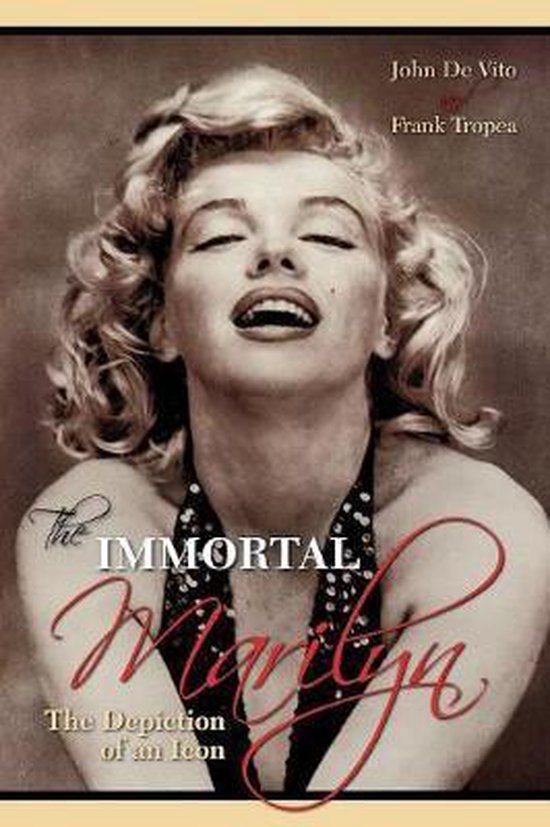
The Immortal Marilyn
Chronicles the many representations of Marilyn Monroe in the performing arts, from the 1950s onwards. This work examines how Marilyn is portrayed in four distinct modes: as herself, as a Roman a Clef character, as a referent, and as a documentary subject.
From the late 1940s to the early '60s, Marilyn Monroe appeared in barely thirty movies, beginning with bit parts and moving on into supporting roles for such films as The Asphalt Jungle, All About Eve, and Clash by Night. She soon shot to international fame and gained prominent roles in a number of classics like The Seven Year Itch, Gentlemen Prefer Blondes, and Some Like It Hot. By the time of her early death in 1962, she had already become established as one of the great icons of the silver screen. Even early in her career, Monroe had been a source of inspiration for playwrights, filmmakers, and others looking to cash in on her tremendous impact. In The Immortal Marilyn: The Depiction of an Icon, authors John DeVito and Frank Tropea chronicle the many representations of Marilyn Monroe in the performing arts, from the 1950s to the present day. In a decade-by-decade review, the authors examine how Marilyn is portrayed in four distinct modes: as herself, as a Roman à Clef character, as a referent, and as a documentary subject. By looking closely at these individual works, the authors reveal the ways in which her persona, her history, and—most of all—her image have been appropriated for both fact and fiction. From an episode of I Love Lucy to Arthur Miller's play The Fall, from adaptations of works by Norman Mailer and Joyce Carol Oates to an ever-growing list of documentaries, Monroe has been the subject of countless depictions on stage, screen, radio, and television. Monroe is adored, imitated, and idolized, and the enormous amount of material written about her—either directly or indirectly—proves that she will continue to be a source of interest and speculation. The first real analysis of all the many complex meanings that Marilyn Monroe has come to assume, this book attempts to encapsulate and understand the enormous influence the actress had on the public and the wide range of creative talents who found her such an intriguing subject.
From the late 1940s to the early '60s, Marilyn Monroe appeared in barely thirty movies, beginning with bit parts and moving on into supporting roles for such films as The Asphalt Jungle, All About Eve, and Clash by Night. She soon shot to international fame and gained prominent roles in a number of classics like The Seven Year Itch, Gentlemen Prefer Blondes, and Some Like It Hot. By the time of her early death in 1962, she had already become established as one of the great icons of the silver screen. Even early in her career, Monroe had been a source of inspiration for playwrights, filmmakers, and others looking to cash in on her tremendous impact. In The Immortal Marilyn: The Depiction of an Icon, authors John DeVito and Frank Tropea chronicle the many representations of Marilyn Monroe in the performing arts, from the 1950s to the present day. In a decade-by-decade review, the authors examine how Marilyn is portrayed in four distinct modes: as herself, as a Roman à Clef character, as a referent, and as a documentary subject. By looking closely at these individual works, the authors reveal the ways in which her persona, her history, and—most of all—her image have been appropriated for both fact and fiction. From an episode of I Love Lucy to Arthur Miller's play The Fall, from adaptations of works by Norman Mailer and Joyce Carol Oates to an ever-growing list of documentaries, Monroe has been the subject of countless depictions on stage, screen, radio, and television. Monroe is adored, imitated, and idolized, and the enormous amount of material written about her—either directly or indirectly—proves that she will continue to be a source of interest and speculation. The first real analysis of all the many complex meanings that Marilyn Monroe has come to assume, this book attempts to encapsulate and understand the enormous influence the actress had on the public and the wide range of creative talents who found her such an intriguing subject.
| Auteur | | John De Vito |
| Taal | | Engels |
| Type | | Paperback |
| Categorie | | Kunst & Fotografie |